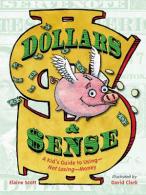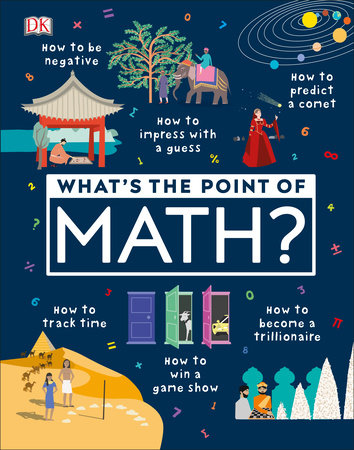
Have you thought about the objects you use every day? Your hairbrush, clothes, dishes, desk, and books? What are they made from? Materials science is the study of the solid materials that make up all objects. This month’s books examine different aspects of materials science and can be used as a starting point for classroom discussions and activities.

Readers will discover the properties of materials and how they’re suitable for specific tasks. In addition, they’ll learn how they’re made! Get up close to the worlds of wood, metal, plastic, glass, rock, and wool and discover how these items work for us regularly.
Activity: What materials can you find in your home or classroom? Have students go on a scavenger hunt to find objects made of different materials either at home or in the classroom. Search for objects made of each material: metal, glass, plastic, fabric, concrete, wood, ceramic, and rubber. What did you find? Choose one object. What material was used to make it? What would happen if a different material was used to make this object?

Why do materials look and behave the way they do? This book speaks about the amazing properties of the materials all around us that we take for granted.
Activity: Many materials scientists have had an important role in history. Johannes Gutenberg changed materials to make the printing press. John Smeaton invented concrete, which is used in many objects today. Other important scientists include William Champion, Benjamin Huntsman, Charles Goodyear, Wallace Carothers, and Harry Brearley. Have students choose an important materials scientist or moment in materials science history. Research this person or moment to find out what contribution was made to materials science. What drove them? Did they face any challenges? How do we use their contributions today?

All about how scientists work with the tiniest objects imaginable to build wonderful things!
Activity: Take students on a tour of the Space Nanotechnology Lab at the Massachusetts Institute of Technology. Here they will learn more about how nanotechnology is being used to help scientists in space.
*************************************
 Carla Mooney loves to explore the world around us and discover the details about how it works. An award-winning author of numerous nonfiction science books for kids and teens, she hopes to spark a healthy curiosity and love of science in today’s young people. She lives in Pennsylvania with her husband, three kids, and dog. When not writing, she can often be spotted at a hockey rink for one of her kids’ games. Find her at http://www.carlamooney.com, on Facebook @carlamooneyauthor, or on Twitter @carlawrites.
Carla Mooney loves to explore the world around us and discover the details about how it works. An award-winning author of numerous nonfiction science books for kids and teens, she hopes to spark a healthy curiosity and love of science in today’s young people. She lives in Pennsylvania with her husband, three kids, and dog. When not writing, she can often be spotted at a hockey rink for one of her kids’ games. Find her at http://www.carlamooney.com, on Facebook @carlamooneyauthor, or on Twitter @carlawrites.











